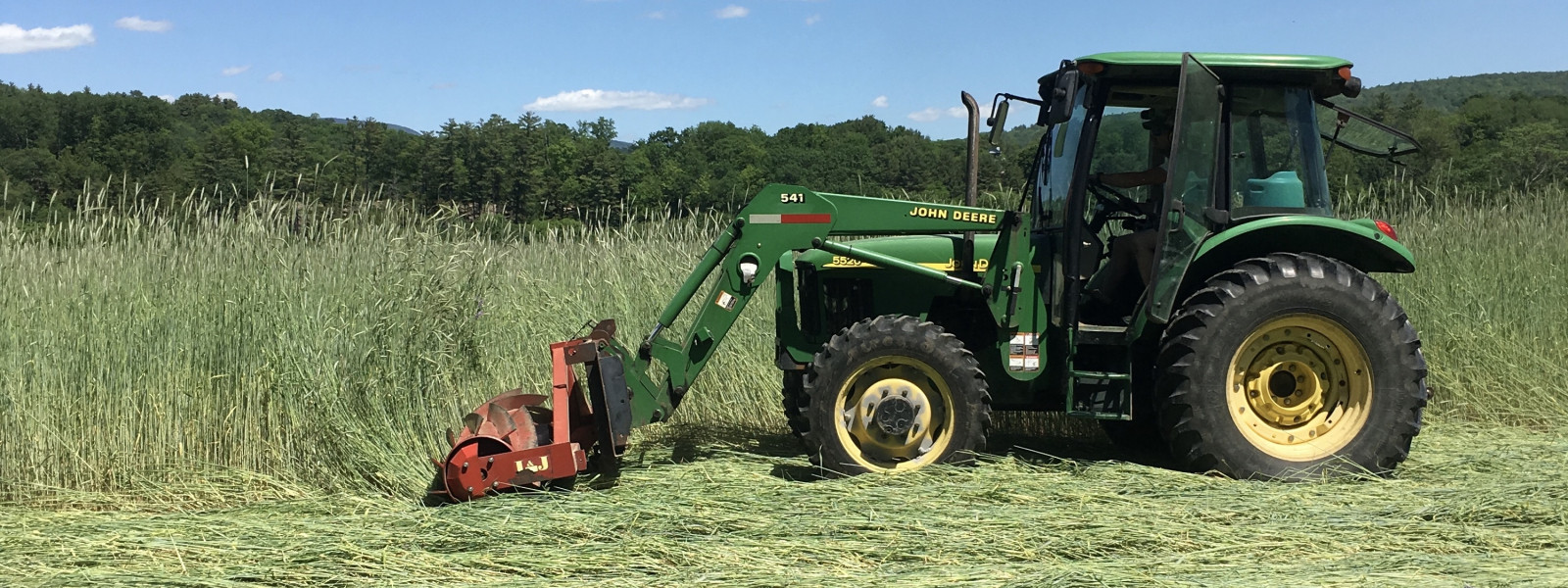
Tips
You searched for garlic and found 30 tips.
- Garlic Scapes – Garlic scapes are the flower bud of the garlic plant. The bud is removed in late June to encourage the bulbs to thicken up. Scapes make a fabulous addition to a flower bouquet, and they are delicious to eat! Read more →
- Gilfeather Turnips: All About Them – The Gilfeather turnip, a rutabaga-turnip hybrid, is a root vegetable that is normally harvested after the first hard frost of the season. It is white rather than yellow inside, and it is sweet and creamy, not having the bite of a normal turnip. Read more →
- Green Beans: All About Them – String beans are the unripe, protective pods, of various cultivars of the common bean. They’re harvested and consumed with their enclosing pods before the seeds inside have matured. Read more →
- Green Garlic – Green garlic is garlic that is harvested before the scape (the flower bud) and bulb form. The bulb and the tender parts of the greens are delicious. Use them as you would scallions or leeks. Green garlic is sometimes called domestic ramps as they are similar in taste to wild ramps (a short-season wild leek with a garlicy taste). Read more →
- Greens: Storage Tips – Storing food in small amounts is easy, but in larger quantities it can be tricky in our increasingly energy efficient homes. Most greens store best in a plastic bag in the refrigerator. Here are some more tips for keeping your greens fresh. Read more →
- Hakurei Turnip: All About It – The Hakurei is a welcome addition to our early spring vegetable collection, they generally come in right after radishes, and not surprisingly pair very well all other spring veggies. If you think you don’t like turnips, please try this delightfully mild, crisp, sweet variety! Read more →
- Harvesting and Curing Garlic – Are the bottom three to five leaves on your garlic brown, with a few green leaves toward the top? It’s time to harvest! Read more →
- Heirloom Tomatoes: All About Them – Heirloom tomatoes have been selected over the years for their flavor. The word “heirloom” refers to the history behind the fruit, provoking endless images of farmers in their garden taste-testing and then saving seeds from the best tomatoes. Read more →
- Hot Peppers: All About Them – Capsaicin is the heat-producing ingredient in peppers. Most of the heat is held in the seeds and the membrane, so remove them before processing or cooking if you’re sensitive to heat. Cooking or freezing won’t affect the pepper’s intensity. Read more →
- How and When To Cut Your Garlic Scapes – Those pretty spiral stems that form above your garlic in June are edible. By removing them you’ll improve your garlic harvest! Read more →
